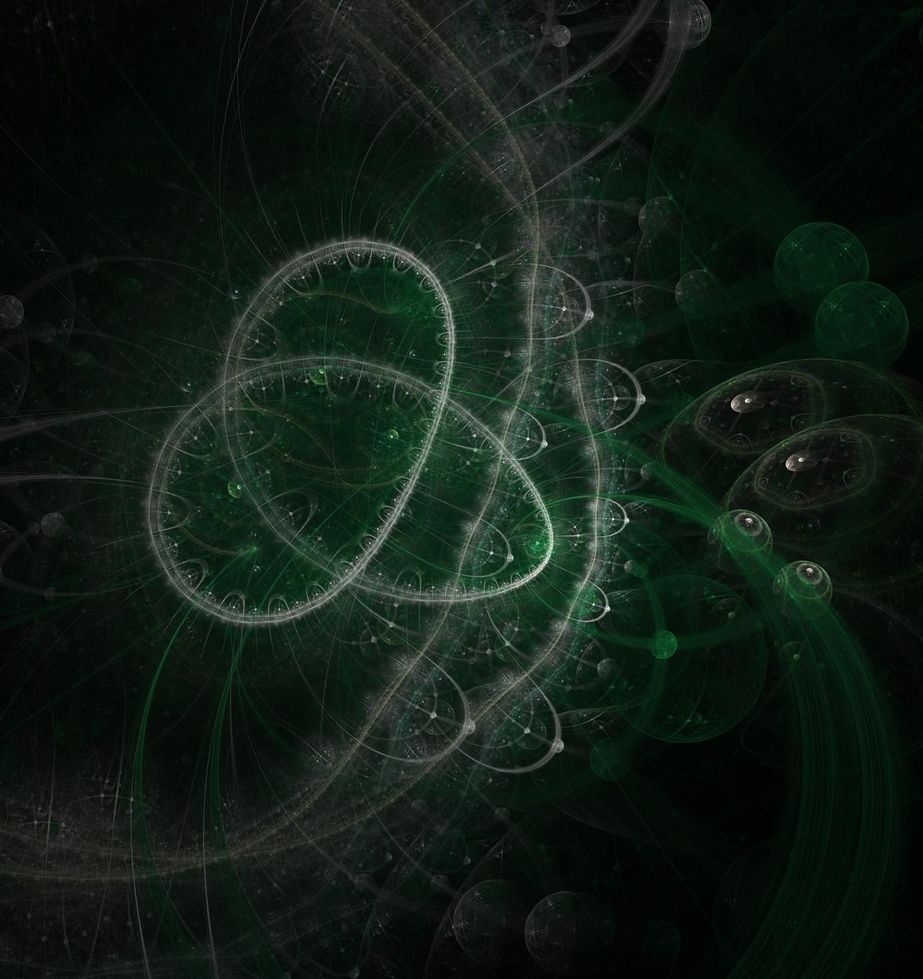If we could trap light it could be used as a force field or even a lightsaber in future developments :3.
Quantum computers, which use light particles (photons) instead of electrons to transmit and process data, hold the promise of a new era of research in which the time needed to realize lifesaving drugs and new technologies will be significantly shortened. Photons are promising candidates for quantum computation because they can propagate across long distances without losing information, but when they are stored in matter they become fragile and susceptible to decoherence. Now researchers with the Photonics Initiative at the Advanced Science Research Center (ASRC) at The Graduate Center, CUNY have developed a new protocol for storing and releasing a single photon in an embedded eigenstate—a quantum state that is virtually unaffected by loss and decoherence. The novel protocol, detailed in the current issue of Optica, aims to advance the development of quantum computers.
“The goal is to store and release single photons on demand by simultaneously ensuring the stability of data,” said Andrea Alù, founding director of the ASRC Photonics Initiative and Einstein Professor of Physics at The Graduate Center. “Our work demonstrates that is possible to confine and preserve a single photon in an open cavity and have it remain there until it’s prompted by another photon to continue propagating.”
The research team used quantum electrodynamics techniques to develop their theory. They investigate a system composed of an atom and a cavity—the latter of which is partially open and therefore would normally allow light trapped in the system to leak out and be quickly lost. The research team showed, however, that under certain conditions destructive interference phenomena can prevent leakage and allow a single photon to be hosted in the system indefinitely. This embedded eigenstate could be very helpful for storing information without degradation, but the closed nature of this protected state also creates a barrier to exterior stimuli, so that single photons also cannot be injected into the system. The research team was able to overcome this limitation by exciting the system at the same time with two or more photons.
